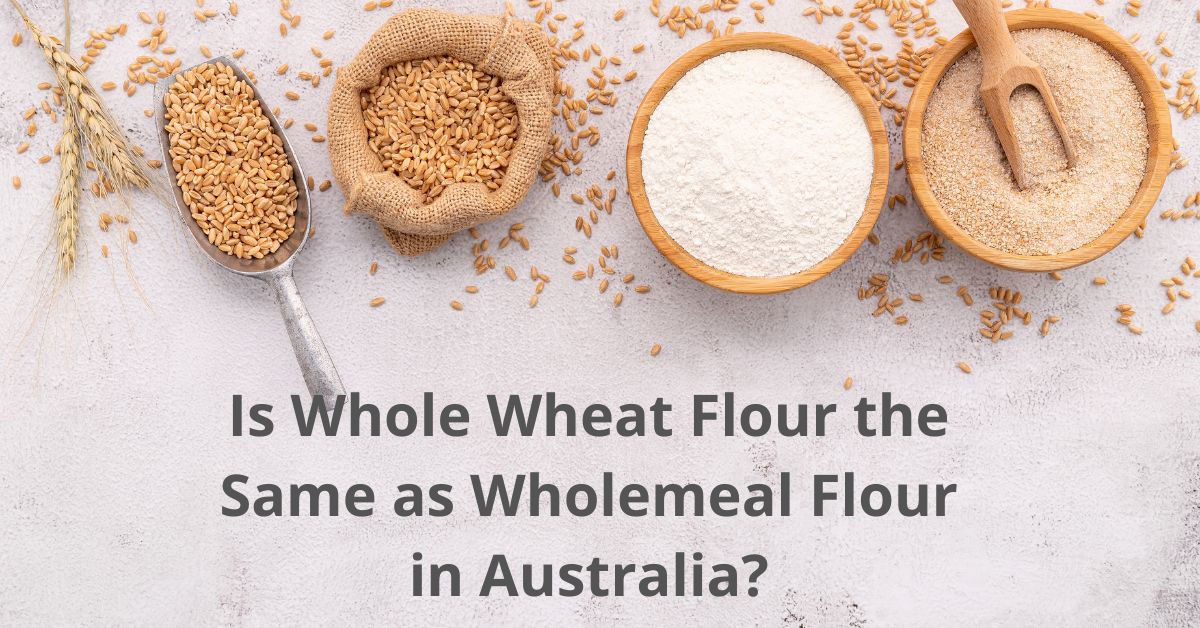For bakers worldwide, flour terminology can be confusing. What’s called whole wheat flour in the USA goes by wholemeal flour in Australia and other British English-speaking nations. But are they actually the same? Read on as we unravel this baking mystery.
Defining Whole Wheat and Wholemeal
First, let’s review the definitions of each:
Whole wheat flour – made from grinding the entire wheat kernel, including the nutrient-dense germ and bran along with the starchy endosperm.
Wholemeal flour is the British English equivalent term for flour milled from the whole wheat kernel. Used in the UK, Australia, New Zealand, etc.
Identical Origins
While the naming varies regionally, whole wheat flour and wholemeal flour both originate from milling the complete wheat kernel. This retains the healthy wheat germ and bran that are removed during white, refined flour production. The terms refer to the same fully intact grain source.
Same Nutrition
Since both flours contain the whole grains, you can expect a similar nutrition profile high in fibre, vitamins, minerals, healthy fats, and antioxidants. Both provide the benefits of whole-grain nutrition vs. refined white flours.
Interchangeable Uses
Whole wheat flour and wholemeal flour can generally be used interchangeably in recipes. The flavour and texture may differ slightly between regional wheat varieties. But they work equally well in breads, baked goods, pancakes, and other recipes calling for whole-grain flour.
Grinding Your Own
For the freshest, most nutritious whole-grain flour, many bakers are choosing to grind their own wheat at home using and there are different options for home bakers milling their own flour:
Electric Grain Mills – Fast and convenient electric mills quickly produce fresh flour on demand.
Waldner Grain Mills – Classic Austrian stone mills excel at grinding super fine whole grain flours.
Mockmill Grain Mills – Feature German engineered stones that grind cool to preserve nutrients.
Manual Grain Mills – Traditional non-electric mills that attach to counters for hand-cranking, like the Flocker or Farina.
When you mill your own flour, you control the grain source and freshness, regardless of naming conventions. Experiment with different wheat varieties to find your favourite.
British vs. American Recipes
One important note is that whole wheat and wholemeal flours may be handled differently in British recipes compared to American versions. British recipes often call for a combination of white and wholemeal flours for lighter results. American recipes more often use 100% whole wheat.
In summary, while regional terminology differs, whole wheat flour and wholemeal flour can be used interchangeably. Both signify wholesome flour milled from the entire wheat grain. Some recipe adjustments may be needed based on baking traditions. But overall, British bakers can rest assured that whole wheat equals wholemeal when it comes to nourishing whole grain nutrition.




